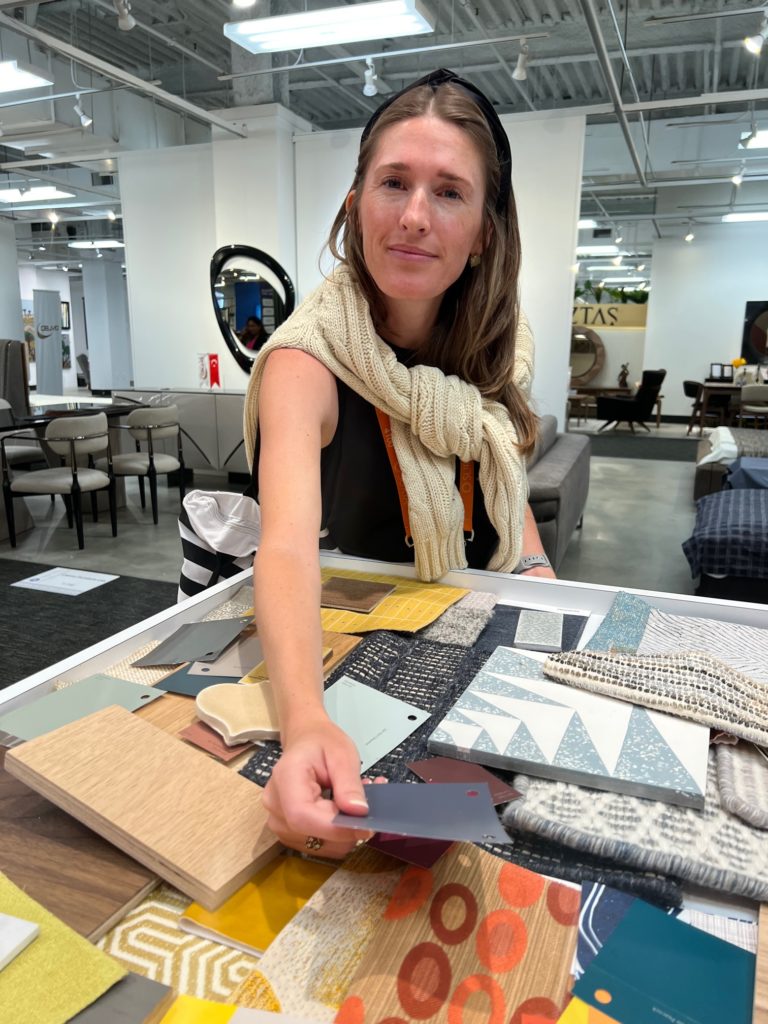
E-Design vs. Traditional Interior Design: Finding the Perfect Fit for Your Space
Welcome to our blog post, where we dive into the exciting world of interior design and explore the differences between e-design and traditional interior design. In this digital age, e-design has emerged as a convenient alternative to traditional methods, allowing you to collaborate with professional designers remotely. So, let’s embark on this journey together and discover which approach suits your needs best.
Understanding E-Design: Embracing the Digital Revolution
Picture this: you’re sitting comfortably at home, sipping your favorite beverage, and getting expert design guidance without stepping outside your door. That’s the magic of e-design, also known as virtual design or online interior design. With e-design, you can work with our talented designers through digital platforms, making the design process incredibly convenient. Questionnaires, room measurement tools, and image-sharing capabilities facilitate seamless communication between you and our design team.
Exploring Traditional Interior Design: Embracing the Personal Touch
Traditional interior design has a charm of its own. It involves face-to-face meetings with designers, on-site assessments, and hands-on work. With traditional interior design, you benefit from the personal touch of an experienced designer who brings expertise and creativity directly to your physical space. Traditional interior design encompasses every step of the journey from concept development to the final installation.

The Pros and Cons of E-Design: Convenience at Your Fingertips
Let’s start with the perks of e-design:
- Convenience: Say goodbye to geographical limitations! With e-design, you can collaborate with designers from anywhere in the world, saving you time and expanding your options.
- Cost-effective: E-design services often come with more accessible price points, making professional expertise within reach.
- Speed: The virtual nature of e-design allows quicker turnaround times—no more waiting for on-site visits or scheduling conflicts.
- Flexibility: Work at your own pace and make design decisions on your terms. With e-design, you’re in control.
However, e-design does have its considerations:
- Limited physical presence: Designers may face challenges in fully understanding a room’s spatial dynamics and specific nuances without being physically present.
- DIY involvement: E-design requires taking measurements, providing photographs, and executing the design yourself. This may suit those who prefer a hands-on approach but may not be everyone’s cup of tea.
- Limited customization: Some e-design platforms offer pre-designed packages or templates, which may limit the level of customization available for clients seeking unique design solutions.

The Pros and Cons of Traditional Interior Design: A Personalized Journey
Now, let’s explore the wonders of traditional interior design:
- Personalized attention: Traditional interior design offers face-to-face interactions and on-site visits, ensuring that designers truly understand your preferences and needs.
- Extensive expertise: Experienced traditional designers possess a deep knowledge of materials, furniture, and craftsmanship, allowing them to create bespoke and high-quality designs just for you.
- Attention to detail: In-person designers consider every aspect of your space, from architectural features to lighting, to create a cohesive and harmonious design.
But traditional interior design has its considerations too:
- Time-consuming: The traditional approach involves multiple in-person meetings, site visits, and project management, which may extend the timeline of your project.
- Higher costs: Personalized service often comes with a higher price tag. This may be a limiting factor for those on a budget.
- Geographical limitations: If you reside in remote areas or struggle to find local designers with the desired expertise, traditional interior design may present challenges.
Making the Right Choice: Designing Your Dream Space
Ultimately, the choice between e-design and traditional interior design depends on your preferences, budget, and project complexity. If you value convenience, cost-effectiveness, and a faster design process, e-design might be the perfect fit for you. However, traditional interior design could be your ideal choice if you seek a highly personalized approach, hands-on collaboration, and an emphasis on craftsmanship.
If you’re ready to embark on a design project and would like to explore using the e-design options. Showhomes Nature Coast has a team of certified e-designers prepared to assist you. Contact us at 727-314-5032 for a free, no-obligation discovery call, and let us help bring your design vision to life.

